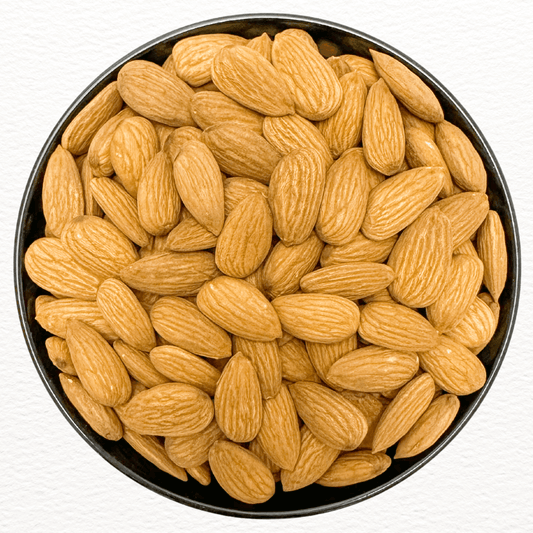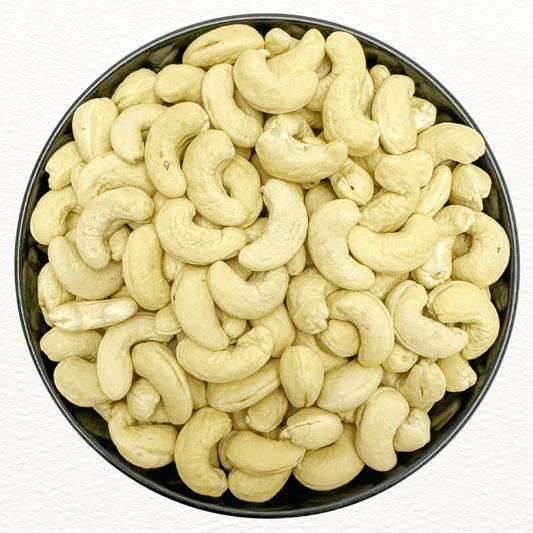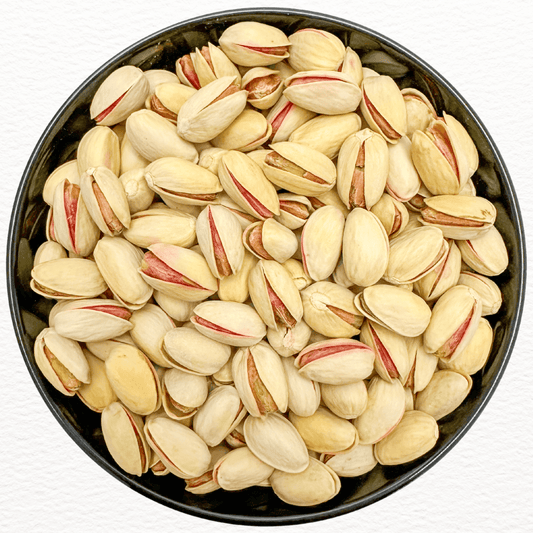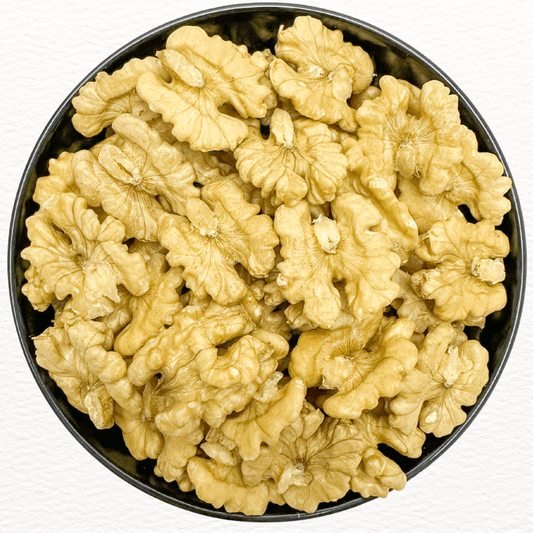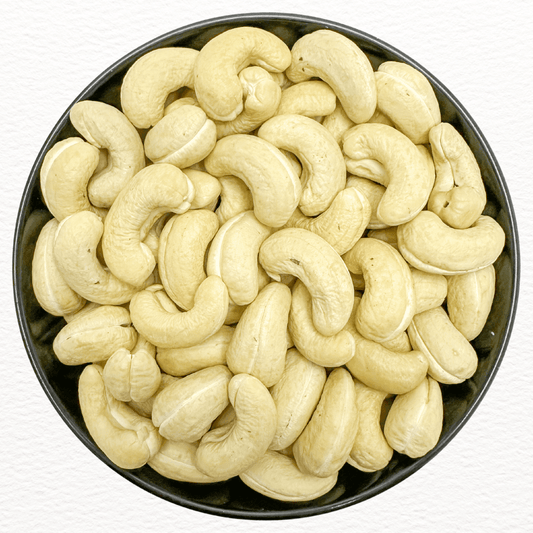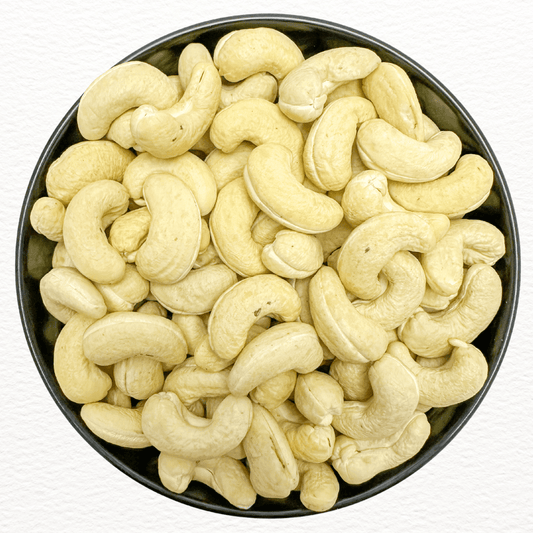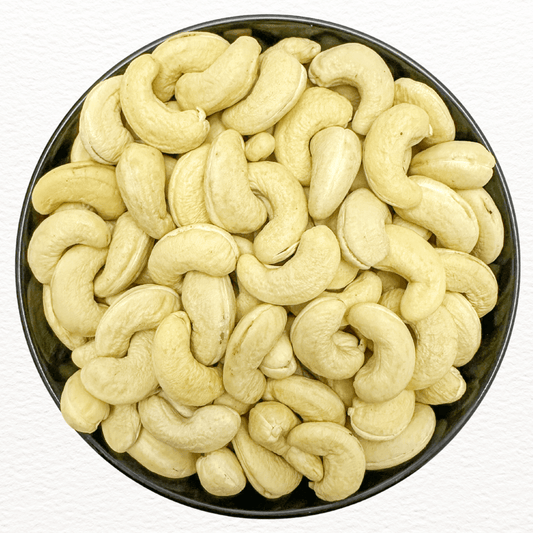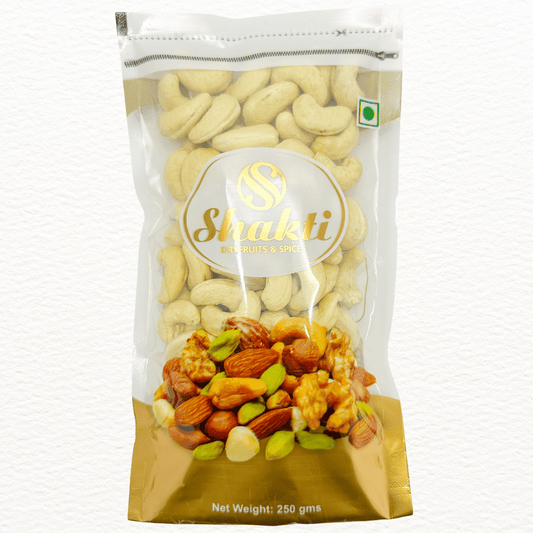Are Peanuts Peas or Nuts? The Truth Behind the Groundnut Mystery

Introduction
Every so often, a question pops up online that sparks curiosity and debate: "Are peanuts peas or nuts?" This high-volume query has led to much confusion due to the way peanuts are used in cooking versus how they are classified by botanists. While many people casually refer to peanuts as nuts, the truth is far more interesting. In this post, we take a deep dive into the origins, scientific classification, nutritional makeup, and culinary roles of peanuts, providing clear insights into why they are, in fact, legumes—and what that really means for your health and diet.
Understanding Botanical Classifications
Are peanuts peas or nuts?
What Are Legumes?
Legumes belong to the plant family Fabaceae (also known as Leguminosae). This diverse group includes beans, lentils, peas, and soy. Legumes are characterized by their seed pods, which typically split open along a seam. Peanuts (Arachis hypogaea) are a unique example within this family because they grow underground, earning them the nickname “groundnuts.”
What Defines a Nut?
True nuts, such as walnuts, almonds, and cashews, are hard-shelled fruits that do not split open naturally at maturity. They grow on trees and have a very different botanical structure compared to legumes. Nuts are prized for their rich fat content and are often consumed for their heart-healthy oils and protein.
And What About Peas?
Peas, like the common garden pea (Pisum sativum), are also members of the Fabaceae family. They grow in pods above ground and are primarily known for their starchy, slightly sweet edible seeds. Although both peas and peanuts are legumes, their growth habits, physical characteristics, and culinary uses differ significantly.
So, Are Peanuts Peas or Nuts?
Botanical Perspective
From a botanical standpoint, peanuts are legumes. They share many characteristics with other members of the Fabaceae family, including the way they form seed pods and their underground growth. Despite the common misconception, peanuts are not true nuts.
Culinary Perspective
In the kitchen, peanuts are often grouped with tree nuts because of their similar nutritional profile and culinary uses. They are used to make peanut butter, added to salads, snacks, and desserts—much like almonds or cashews. This practical similarity is why many people consider them “nuts” in everyday language. However, the botanical definition remains clear: peanuts are legumes.
Nutritional Comparison: Peanuts vs. True Nuts
Peanuts (Legumes):
- Protein: High in protein, making them a popular plant-based protein source.
- Healthy Fats: Contain monounsaturated and polyunsaturated fats, supporting heart health.
- Fiber: Provide dietary fiber which aids in digestion.
- Vitamins & Minerals: Rich in vitamin E, magnesium, potassium, and folate.
Tree Nuts:
- Protein & Fats: Similar protein content and healthy fat profiles but often vary slightly in types and amounts of fats.
- Nutrients: Generally rich in antioxidants and other micronutrients, though each type (almonds, walnuts, cashews) offers a unique nutritional composition.
While both peanuts and tree nuts offer impressive health benefits, knowing that peanuts are legumes can help consumers understand differences in allergenic properties and dietary considerations.
The Importance of Correct Classification
Are peanuts peas or nuts?
Understanding the true nature of peanuts has practical implications:
- Allergies: Peanut allergies are among the most common food allergies, and knowing they are legumes can guide cross-reactivity considerations with other legumes (though the allergenic proteins differ).
- Dietary Choices: For those following specific diets, such as vegan or Mediterranean diets, the distinction can influence meal planning and nutritional balancing.
- Agriculture & Sustainability: Recognizing peanuts as legumes highlights their ability to fix nitrogen in the soil, which is beneficial for sustainable agriculture.
Conclusion
So, are peanuts peas or nuts? While they may be used like nuts in cooking, peanuts are botanically classified as legumes. This distinction is more than academic—it impacts nutrition, allergy considerations, and even environmental sustainability. Embracing the true identity of peanuts helps us appreciate their unique role in our diets and supports informed food choices.
Call-to-Action:
Are peanuts peas or nuts?
Interested in exploring more about nutritional superfoods? Check out our extensive range of high-quality dry fruits and nuts at Shakti Dry Fruits www.shaktidryfruits.com . Enhance your meals with the best ingredients and make informed, healthful choices every day. Shop now and discover the power of nature’s bounty!


